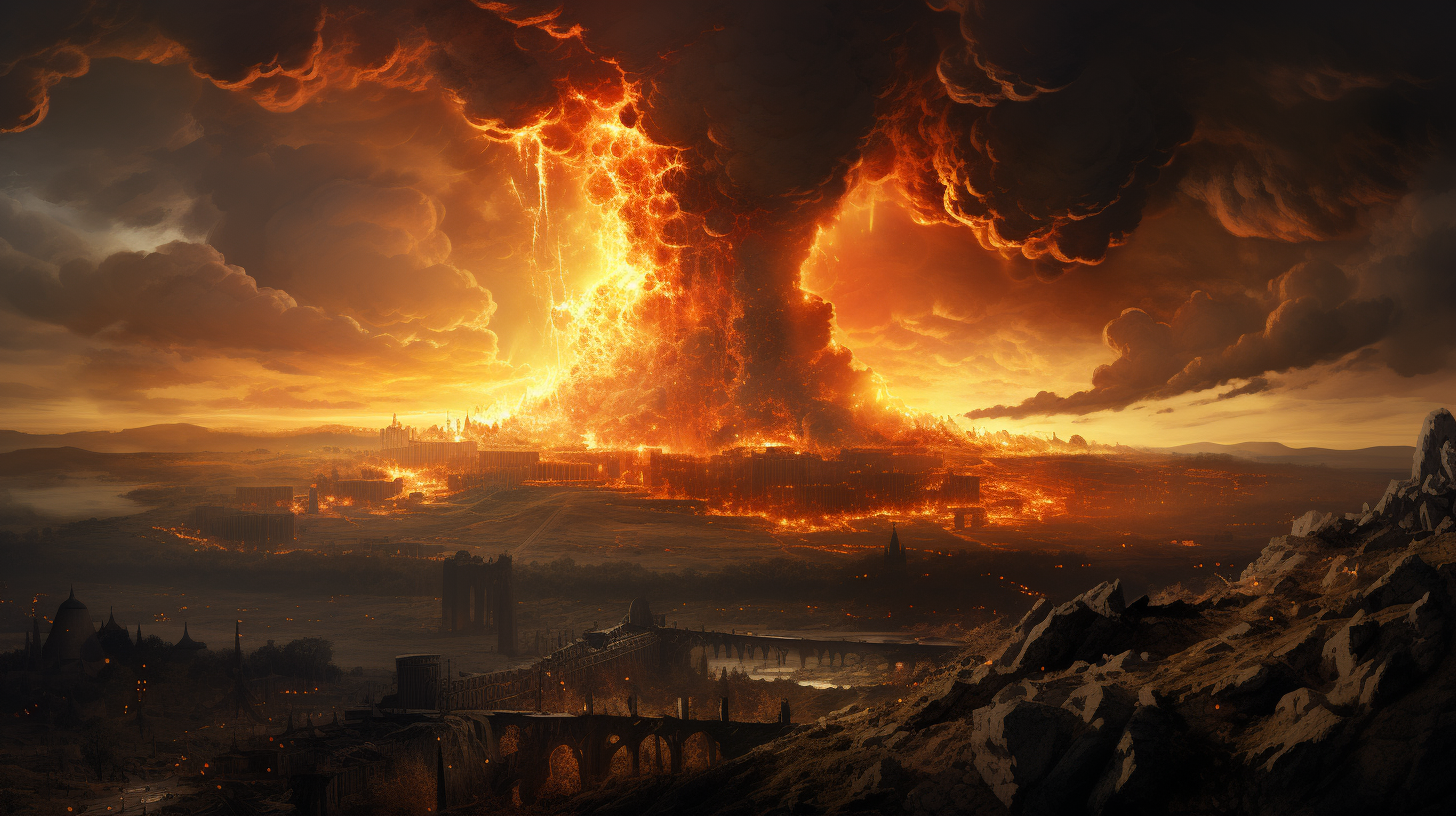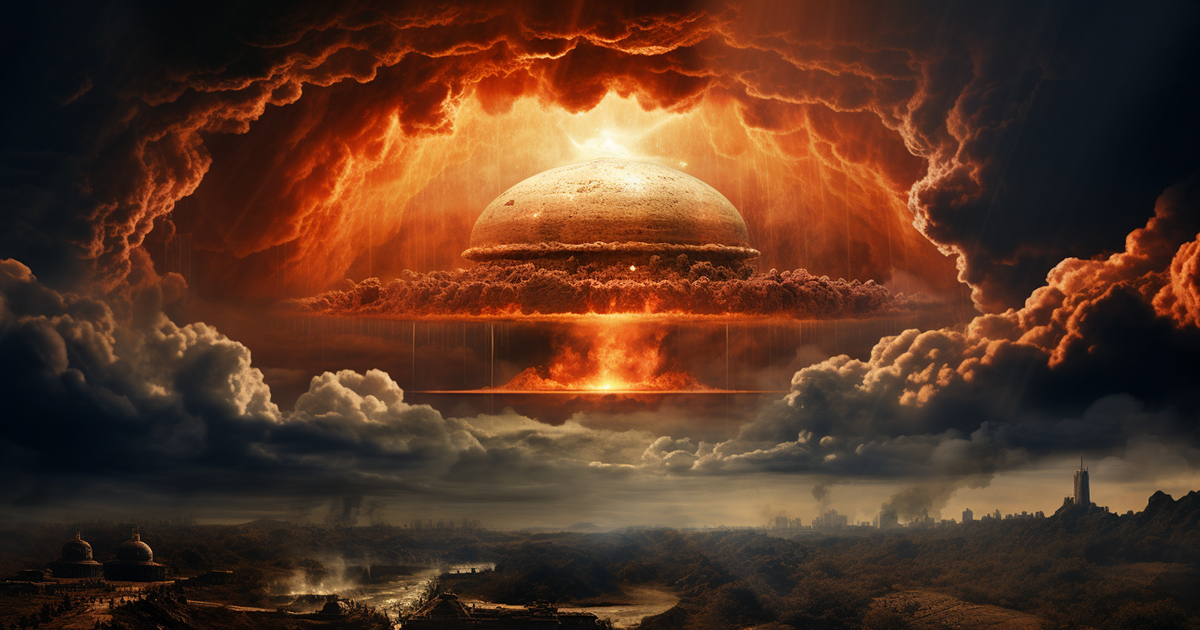Introduction
In 1922, an archaeological survey in the Sindh province of Pakistan led to a remarkable discovery—the ancient Indus Valley city of Mohenjo-daro. Dating back to 2000 BC, this city was a testament to advanced civilization, boasting sanitation systems and a thriving trade network with Mesopotamia. Yet, Mohenjo-daro remains shrouded in mystery, as only 43 skeletons have been unearthed from a city that once teemed with over 35,000 inhabitants.
Theories surrounding the enigmatic disappearance of the Indus people have abounded for years. However, in 1977, British researcher David Davenport uncovered evidence suggesting that part of Mohenjo-daro had been destroyed by an immensely powerful explosion. This revelation ignited a debate that lingers to this day.
The Mysterious Destruction
Scholars have puzzled over the perplexing nature of Mohenjo-daro’s destruction. The evidence, including calcified skeletons, suggested that the inhabitants may have met an instantaneous and fiery end. Some skeletons were found in a remarkable embrace, virtually vitrified. This term refers to the process by which a material is turned into glass or a glass-like substance when exposed to extremely high temperatures.

Mineralogist Dr. Sam Iyengar, in a breakthrough development in 2014, managed to obtain a piece of fused pottery from Mohenjo-daro for analysis. His findings were nothing short of astonishing. The elemental analysis revealed primarily silicon and aluminum, with traces of calcium and potassium, leading to the initial assumption that it might be some form of clay. However, X-ray diffraction provided the key revelation—the composition was strikingly similar to volcanic rock, indicating exposure to temperatures exceeding 4,000 to 5,000 degrees Fahrenheit. This level of heat is beyond the capabilities of any known ancient civilization.
The Supernatural Connection
Dr. Iyengar’s findings beg the question: Could this pottery sample hold irrefutable evidence of a powerful explosion in Mohenjo-daro’s ancient past? Some researchers, including David Davenport, have turned to India’s ancient Vedic texts for answers. According to these texts, Mohenjo-daro could be the kingdom of Lanka, a city whose destruction is vividly described in the Indian epic, the Ramayana.
The Ramayana recounts the tale of Vishnu, assuming the mortal form of Rama, battling the formidable Ravana, leader of Lanka. Ravana, having acquired immense power, possessed lethal weapons, and the battle between Rama and Ravana is likened to an apocalyptic event—an incredible blast likened to the sun turning into 50, or even more, brighter suns.
This parallel between the ancient text and the physical evidence of vitrified stone at Mohenjo-daro has led some to speculate that a nuclear blast may have occurred. It’s important to note that these interpretations are not rooted in mythology or superstition but are based on documented historical accounts of advanced technologies being used in warfare.
The Lost Knowledge
As we delve deeper into the mysteries of Mohenjo-daro, it’s natural to wonder about the lost knowledge of ancient civilizations. Could it be that mankind once possessed incredible technology and knowledge that we are only beginning to grasp? The tantalizing prospect that an ancient nuclear explosion could have wiped out an advanced civilization raises numerous questions about the trajectory of human development.
Video:
Conclusion
The tale of Mohenjo-daro, its advanced civilization, and its mysterious destruction continues to captivate the imagination of researchers and enthusiasts alike. While the evidence of a nuclear blast remains contentious, the enigma surrounding this ancient city reminds us of the boundless mysteries that still await discovery beneath the layers of time. Whether we attribute its demise to ancient aliens, advanced human technology, or some other unknown force, the story of Mohenjo-daro serves as a poignant reminder of the enduring mysteries of our past.

24 thoughts on “Ancient Aliens and the Enigma of Mohenjo-Daro: Was it Destroyed by a Nuclear Blast?”
Comments are closed.